Despite the mixed headline readings, China’s macroeconomic data in May were in line with our view that the country’s economy continues to slow.
Growth in industrial production fell to 5% y/y, missing consensus of , and April’s, 5.4%. IP growth in May marks the lowest growth since 2002. Moreover, this signals a significant decline from averaged expansion of +7% in March- April and +6.5% in 1Q19.
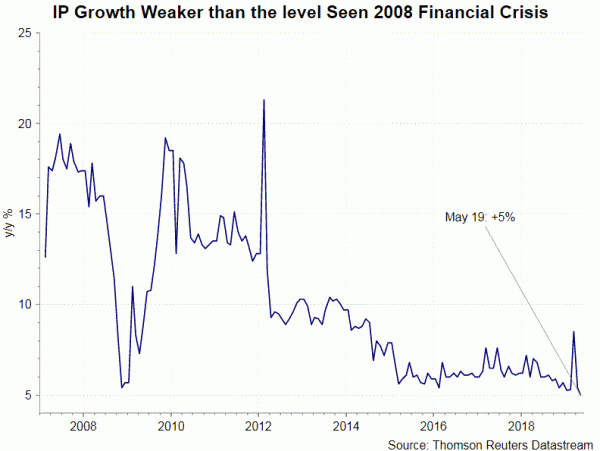 Urban fixed asset investment expanded +5.6% y/y in the first 5 months of the year, compared with +6.1% in the first 4 months of the year. The market had anticipated it to stabilize at 6.1%. Looking into the details, real estate investment began to moderate. Meanwhile, infrastructure investment failed to improve and manufacturing investment stayed at low levels.
Urban fixed asset investment expanded +5.6% y/y in the first 5 months of the year, compared with +6.1% in the first 4 months of the year. The market had anticipated it to stabilize at 6.1%. Looking into the details, real estate investment began to moderate. Meanwhile, infrastructure investment failed to improve and manufacturing investment stayed at low levels.
Retail sales growth rebounded to +8.6%, after April’s growth dived to +7.2%, a level not seen since 2003. Seasonal factor – a longer May Day holiday this year- also helped boost retail sales.
Headline CPI picked up further to +2.7% y/y in May, from +2.5% a month ago. Yet, the improvement was mainly driven by food prices which surged to +7.7% (from April’s +6.1%). Core CPI, excluding food and energy, dipped to a 33-month low of +1.6%. PPI inflation eased to +0.6% y/y, from April’s +0.9%. This was driven by the decline in the prices of commodities, in particular oil, coal and copper.
We expect risks to both CPI and PPI are skewed to the downside. Headline inflation could lose momentum as food prices ease while the weakness in energy prices remains. Softer domestic economy and slowdown in exports growth could reduce demand for commodities and other factors of production, leading to further deceleration in PPI. Indeed, deflation in PPI is likely.
FX Reserve
China’s FX reserves increased +US$6B in May to $3.101 trillion, compared with consensus of a decline to US$3.090 trillion. Half of the increase was driven by valuation effect while the rest might be attributed to government’s intervention to weaken renminbi (a.k.a. Yuan, CNY).
PBOC governor Yi Gang suggested on June 7 that, concerning the movement of renminbi, there’s no number that is more important than other numbers. He added that “a little bit of flexibility of renminbi is good for Chinese economy and global economy, because it provides an automatic stabilizer for the economy”. This has led to some speculations that the government might allow USDCNY to break the level of 7.
PBOC may Cut Rate This Year, Unlikely to Allow USDCNY Breaks 7
So far, PBOC has mainly resorted to RRR cuts in order to encourage bank lending. This is adopted together with fiscal measures. On June, PBOC, MOF and CBIRC announced to loosen restrictions on how local governments can fund infrastructure projects. For instance, eligible local governments are allowed to use proceeds from special bonds as capital for some projects (mainly transportation projects). Also, banks are encouraged to offer loans to projects funded by special bonds. The central bank has refrained from cutting interest rates so as not to accelerate capital outflow. However, we expect the Fed’s potential rate cut this year would give more flexibility to PBOC, paving the way for a rate cut in China. As mentioned above, China has attempted to water down the importance of USDCNY at the rate of 7. Yet, we still do not expect the government to allow it to break this psychological level. A breach of which would imply that China’s economy has deteriorated so sharply that the government has to ease by massively depreciating its currency. This could undoubtedly lead to severe capital outflow.




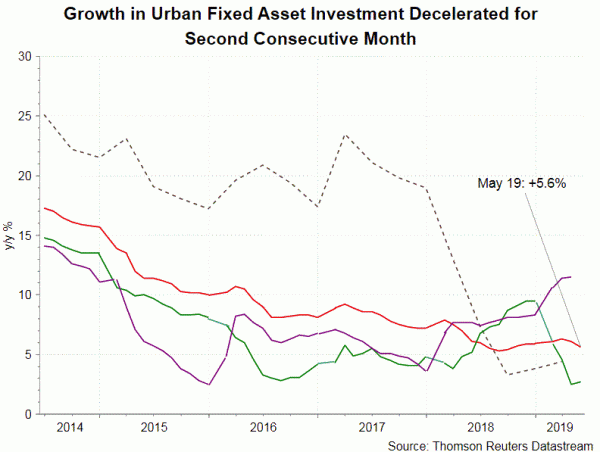
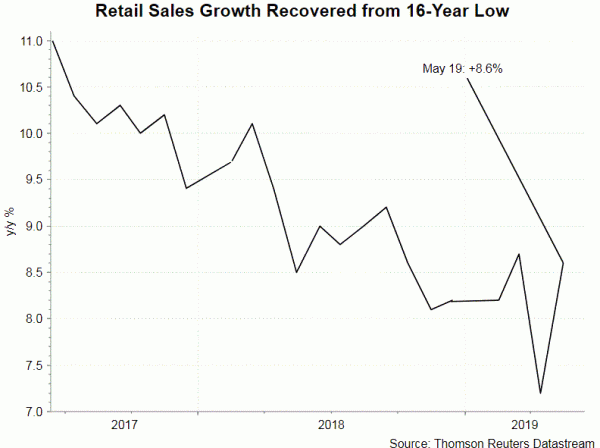
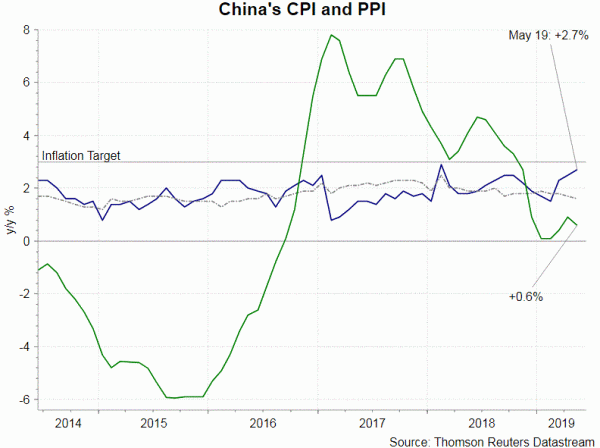
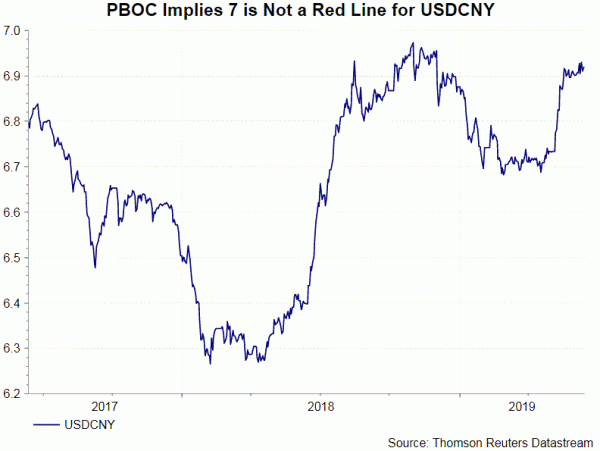
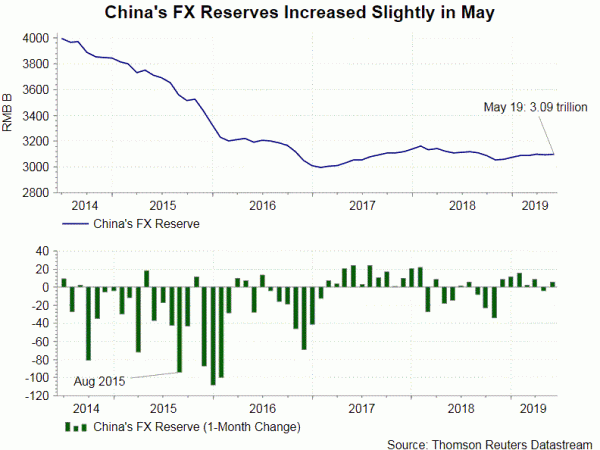
![Week ahead – ECB set to cut, BoC might pause as Trump U-turns on tariffs [Video]](https://www.actionforex.com/wp-content/uploads/2018/04/f-ecb29-218x150.jpg)








